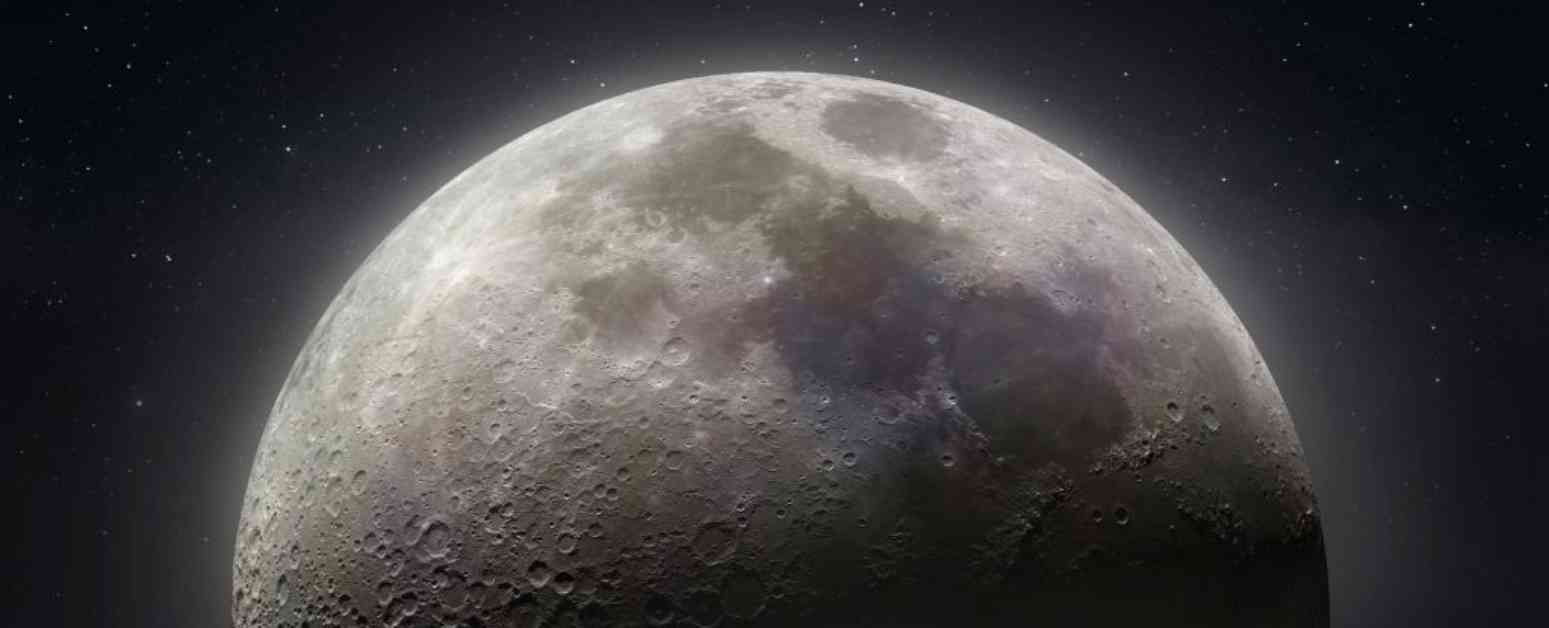Reevaluating the Giant Impact Hypothesis
The formation of the Moon has long been shrouded in mystery, with the giant impact hypothesis standing as the prevailing theory for many years. According to this idea, a Mars-sized object collided with Earth billions of years ago, leading to the creation of our celestial companion. However, recent research led by planetary scientist Paolo Sossi has cast doubt on this widely accepted explanation.
Sossi’s analysis, conducted at the Experimental Planetology group at ETH Zürich in Switzerland, challenges the notion that a giant impact occurred. The study scrutinized the isotopic ratios of rocks from both Earth’s mantle and the Moon, finding no discernible differences that would suggest the presence of an impactor. This lack of distinct isotopic signatures raises questions about the validity of the giant impact hypothesis and calls for a reevaluation of how the Moon may have formed.
The Earth-Moon Connection
One of the key findings of Sossi’s research is the striking similarity between Earth and the Moon in terms of their isotopic compositions. Elements such as oxygen, chromium, and titanium exhibit identical ratios on both bodies, indicating a shared origin from the same reservoir of material. This discovery challenges the traditional view of a cataclysmic impact giving birth to the Moon and instead suggests a more nuanced relationship between Earth and its satellite.
The notion that Earth and the Moon may have formed from a common pool of material raises intriguing questions about their shared history. It implies a deeper connection between the two bodies, potentially shedding light on the processes that shaped our planet and its closest companion. By unraveling the mysteries of the Earth-Moon system, scientists hope to gain a better understanding of the fundamental forces at play in our solar system’s early evolution.
Redefining Moon Formation
As researchers grapple with the implications of Sossi’s findings, new avenues of inquiry are emerging to explore the origins of the Moon. Rather than viewing it as a byproduct of a cosmic collision, scientists are now considering alternative scenarios that account for the similarities between Earth and its satellite. The idea that the Moon formed alongside Earth from a common reservoir of material offers a fresh perspective on its creation and evolution.
The discovery of shared isotopic signatures between Earth and the Moon opens up a wealth of possibilities for understanding their intertwined history. By delving into the chemical and isotopic composition of lunar rocks, researchers aim to piece together the puzzle of how our celestial neighbor came into being. This holistic approach to studying the Moon’s formation promises to yield new insights into the processes that shaped our solar system.
In conclusion, the debate over the Moon’s origins continues to captivate scientists and space enthusiasts alike. While the giant impact hypothesis has long held sway as the dominant explanation, recent research challenges its validity and calls for a reexamination of how the Moon may have formed. By probing the chemical and isotopic signatures of lunar rocks, researchers aim to unravel the mysteries of our celestial companion and gain a deeper understanding of the forces that shaped our solar system. The quest to uncover the truth behind the Moon’s creation remains a tantalizing frontier in the exploration of our cosmic origins.













